Cost-effectiveness Analysis (CEA)
Cost-effectiveness Analysis (CEA) is a systematic approach used to compare the relative expenses and health outcomes of two or more interventions. The primary goal for decision-makers, such as those at The National Institute for Health and Care Excellence (NICE) in England, is to maximize health outcomes, typically measured in quality-adjusted life years (QALYs), while minimizing the opportunity costs. This analysis helps determine whether an intervention provides good value for money by assessing whether the health benefits it provides justify the costs.
Interventions that improve health more effectively than others and also result in net cost savings are considered a ‘dominant strategy.’ This means they are preferable as they deliver better outcomes at a lower or comparable cost. When an intervention is more effective yet more expensive, decision-makers analyze whether the extra cost is justified by the additional QALYs gained. NICE, for instance, generally considers treatments cost-effective if the cost per additional QALY is below approximately £20,000. For example, an intervention that yields 0.5 additional QALYs at an additional cost of up to £10,000 would typically be seen as cost-effective. This threshold framework helps ensure that healthcare resources are used to achieve the greatest possible benefit for patients and society.
Click HEOR TERMINOLOGY
